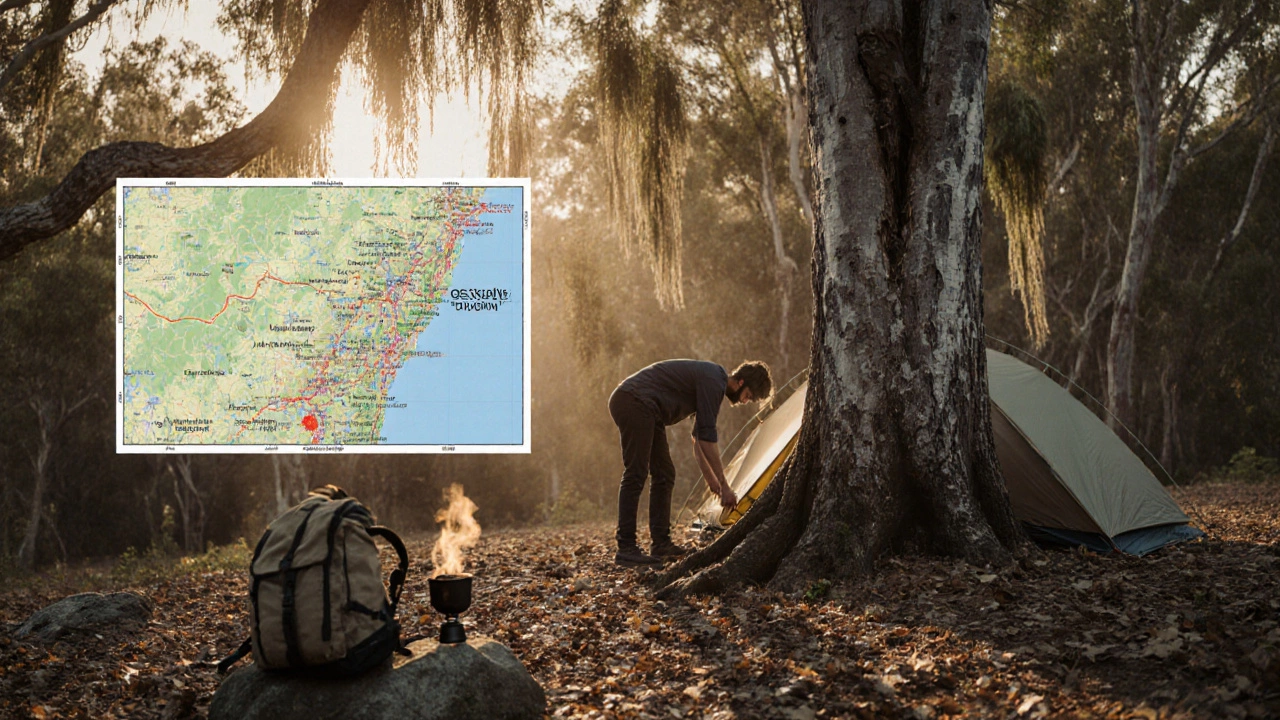Living Off-Grid: Your Guide to Power, Comfort, and Freedom
When you hear Living Off-Grid, the idea of staying self‑sufficient while traveling, often in a motorhome or RV, comes to mind. Also known as off‑grid living, it means handling electricity, water, and waste without relying on traditional hookups. Motorhome, a fully equipped vehicle that serves as both transport and living space is the most popular platform for this lifestyle because it bundles shelter, storage, and a small power system in one package. Battery Power, the stored energy that runs lights, appliances, and electronics when you’re away from the grid becomes the heart of any off‑grid setup, and mastering its use can turn a cramped weekend trip into a reliable, comfortable adventure. Finally, Campsite Electricity, the grid connections or alternative power sources available at campgrounds offers a safety net and a way to recharge your batteries, but knowing when to plug in and when to run on your own saves money and keeps you independent. Together, these three pillars—motorhome design, battery management, and campsite electricity—form the backbone of living off‑grid, and understanding how they interact lets you plan trips that feel both spontaneous and secure.
Key Elements of Off‑Grid Adventures
Living off‑grid isn’t just about plugging a charger into a field; it’s a blend of technology, habits, and location choices. First, consider your power source strategy. Most motorhomes come with a 12‑volt system that powers lights, a fridge, and a small inverter for AC devices. Pairing that system with a solar panel array on the roof expands your energy budget dramatically—sunlight becomes a free, silent charger that can keep a 100‑amp‑hour battery healthy for weeks. When solar isn’t enough, a portable generator or a drive‑away charging kit (using the vehicle’s alternator) can top off the battery, but each method has trade‑offs in noise, fuel use, and emissions, so you’ll need to balance convenience with the off‑grid ethos. Second, water and waste management follow a similar pattern: a fresh‑water tank, a gray‑water tank, and a self‑contained toilet let you stay on the road for days without a hookup, while a well‑placed campsite with water fill stations lets you refill cheaply and responsibly. Third, campsite electricity isn’t just a backup; many modern campgrounds provide 30‑amp or 50‑amp hookups that can charge multiple batteries simultaneously, power a full kitchen, or run a portable heater. Knowing the difference between a “pull‑through” site (where you can park and stay without a reservation) and a “full‑service” site (with electricity, water, and waste dump) helps you pick the right spot for each leg of your journey. Lastly, the lifestyle side—learning to monitor your battery voltage, using energy‑efficient LED lights, cooking on a propane stove instead of an electric microwave, and scheduling high‑draw appliances like the air‑conditioner for cooler evenings—keeps your power draw low enough that you rarely need to compromise comfort. By treating power, water, and campsite amenities as a connected system, you’ll discover that living off‑grid feels less like a sacrifice and more like a series of smart choices that let you explore the UK’s stunning landscapes, from the rugged North York Moors to the tranquil shores of Tees Estuary, without ever worrying about running out of juice.
Below you’ll find a hand‑picked collection of articles that dive deeper into each of these topics—seasonal camping guides, battery‑power tricks, campsite electricity basics, and motorhome buying tips. Whether you’re a first‑time van‑lifer or a seasoned road‑tripper, the posts ahead will give you actionable insights to make your off‑grid adventures smoother, cheaper, and more enjoyable.
Legal Guide to Living in the Woods: What You Need to Know
Learn the legal rules for living in Australian woods, from permits and zoning to private land consent and penalties. Get step‑by‑step guidance to stay within the law.
